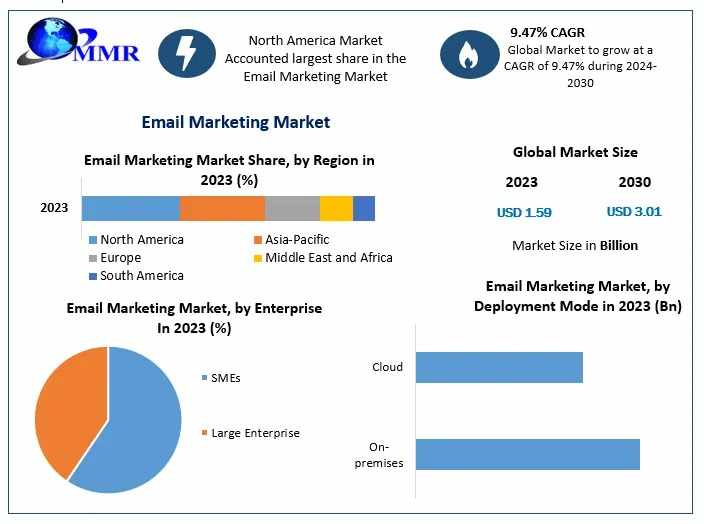
Radio-Frequency Identification Sensor Market Overview
The Radio-Frequency Identification sensor Market Size is rapidly evolving, driven by increased demand for real-time asset tracking, inventory management, and enhanced data collection across a wide range of industries. As businesses across the globe continue to embrace digital transformation, RFID sensors are becoming a cornerstone technology that ensures efficiency, traceability, and automation.
RFID sensors use electromagnetic fields to automatically identify and track tags attached to objects. Unlike traditional barcodes, RFID sensors do not require line-of-sight and can capture data from a distance and in bulk, making them invaluable in sectors such as logistics, retail, healthcare, manufacturing, agriculture, and transportation.
Key Trends Shaping the RFID Sensor Market
IoT Integration and Smart Infrastructure
The integration of RFID with the Internet of Things is significantly boosting market potential. RFID sensors are now critical components in smart warehouses, smart factories, and connected logistics platforms. This convergence enhances visibility, predictive maintenance, and decision-making in real time.Retail Sector Expansion
Retailers are increasingly implementing RFID to reduce stockouts, manage inventory, and enhance the in-store experience. Companies are using RFID to improve shelf availability, enable cashier-less stores, and personalize customer experiences.Healthcare Applications
The healthcare sector is turning to RFID for tracking medical equipment, managing pharmaceuticals, and enhancing patient safety. RFID sensors help reduce human error and streamline hospital operations by automating data collection and monitoring.Sustainability and Waste Reduction
RFID sensors are aiding in sustainability efforts by reducing product loss, optimizing inventory, and managing waste effectively. Their ability to provide accurate data contributes to better planning and resource allocation.Miniaturization and Improved Sensor Capabilities
Technological advancements have led to the development of smaller, more powerful RFID sensors with extended range and durability. These improvements open new avenues for applications in challenging environments like agriculture, construction, and hazardous areas.
Challenges in the RFID Sensor Market
Despite significant opportunities, the market faces certain challenges. High initial implementation costs, concerns over data privacy, and interoperability issues across different RFID standards can hinder widespread adoption. However, as technology matures and economies of scale are achieved, these barriers are gradually diminishing.
Future Outlook
The future of the RFID sensor market looks promising, driven by increased automation, global supply chain modernization, and advancements in AI and machine learning. Integration with blockchain for secure data logging and the emergence of 5G connectivity will further amplify RFID's capabilities.
In the years ahead, we can expect RFID to become even more integral to everyday business operations. From tracking livestock in agriculture to improving baggage handling in airports, the use cases are expanding rapidly.
Conclusion
The RFID sensor market is poised for significant transformation, fueled by technological innovation and growing industry adoption. As businesses seek smarter, faster, and more secure ways to manage assets and data, RFID sensors will continue to lead the way, enabling a more connected and efficient world.


















Write a comment ...